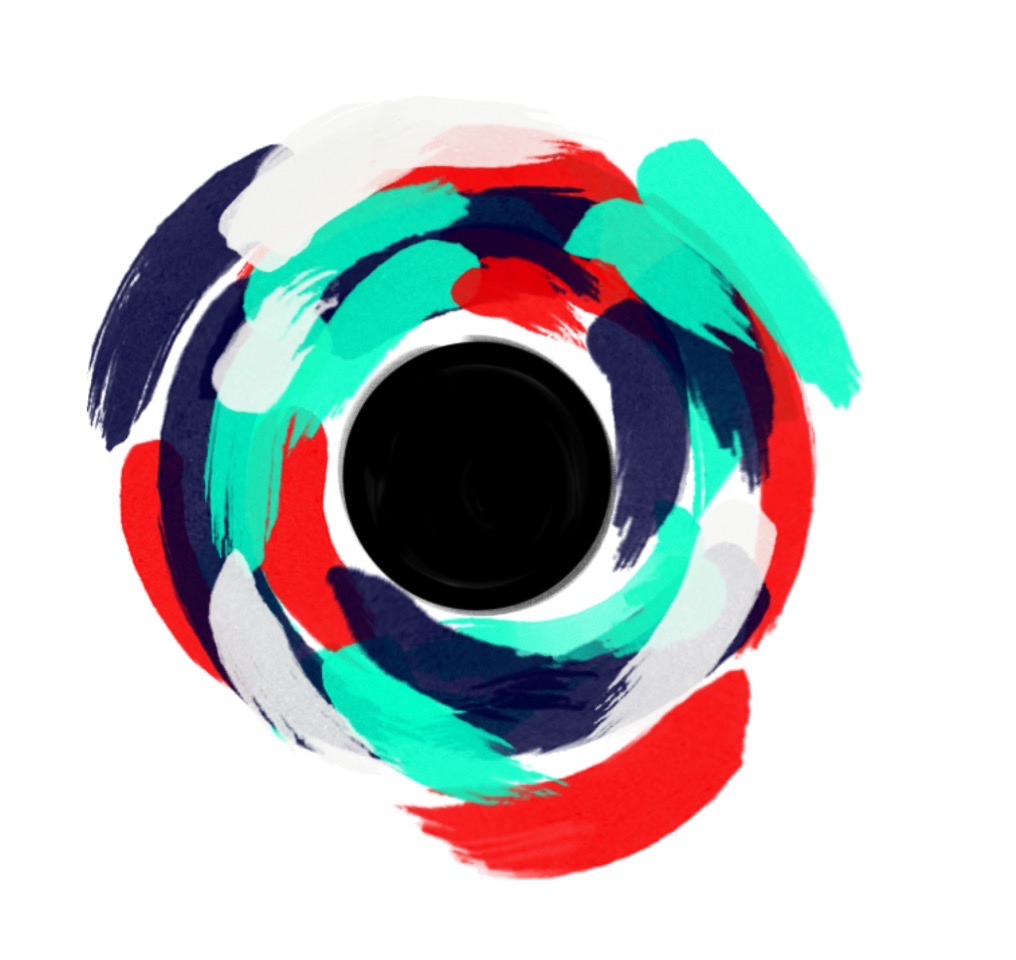Choosing a title for your work can be difficult. It's tempting to just call each one Untitled and let the work speak for itself. Don't give in!! I know what you're thinking - but so many famous artists have done it. Yes, they have, but they also have had highly acclaimed art critics to analyze their work and then publish their analysis. (Did that sound rude?? I didn't mean it to!)
Ok, my point is, choose a title that will support your work. That will bring your idea, your concept, across to the viewer. This is extremely useful as your audience may not know you; they may not know that those hands are not just a pair of hands but a symbol for relationships (for example).
Easier said than done, right? I had a lot of trouble with this as well. Let's take a look at some examples (cue shameless plugging of my own art).
Variation (Acrylic on Canvas, 100x 100 cm)
I titled this piece Variation as the concept behind it was to display the variation one emotion can have through shades of gray. The title immediately directs you to the shades of gray if not the emotion. The title of the exhibition (Displaying Emotion) would lead to the emotion behind the painting. Variation would also lead into the blurb for the piece.
“The use of texture, shape and line accentuates the grey scale of colors used
which portrays the range a single emotion can have. It is disorganized and
several areas bleed into each other to show how blurred the lines between,
for example, simple frustration and potent rage can be. It focuses on the use
of black and white and the grays to represent the scale of a single emotion,
though the emotion itself is open to interpretation.”
Struggle and Strife (Acrylic on Canvas, 100x100 cm)
As part of the same exhibition, this piece was titled Struggle and Strife. I choose this title to highlight the struggle between not only the two contrasting colors but two contrasting emotions within one. The title leads the viewer to the conflict expressed by this painting. This then leads into the blurb:
“This piece’s purpose was to depict two emotions, namely anger and
depression, conflicting with each other. The composition itself is a gradient -
the colors are harmonic at the top and warring at the bottom. The use of
primary colors is not only visually appealing but makes the emotions
portrayed seem childish. The use of a yellow ochre in the background
accentuates the contrast between the piece’s colors . This compounds the
idea of two emotions that become more and more conflicting.”
I hope that helped you name your paintings! Please try to! It really brings across the idea behind your work.
Shivani
